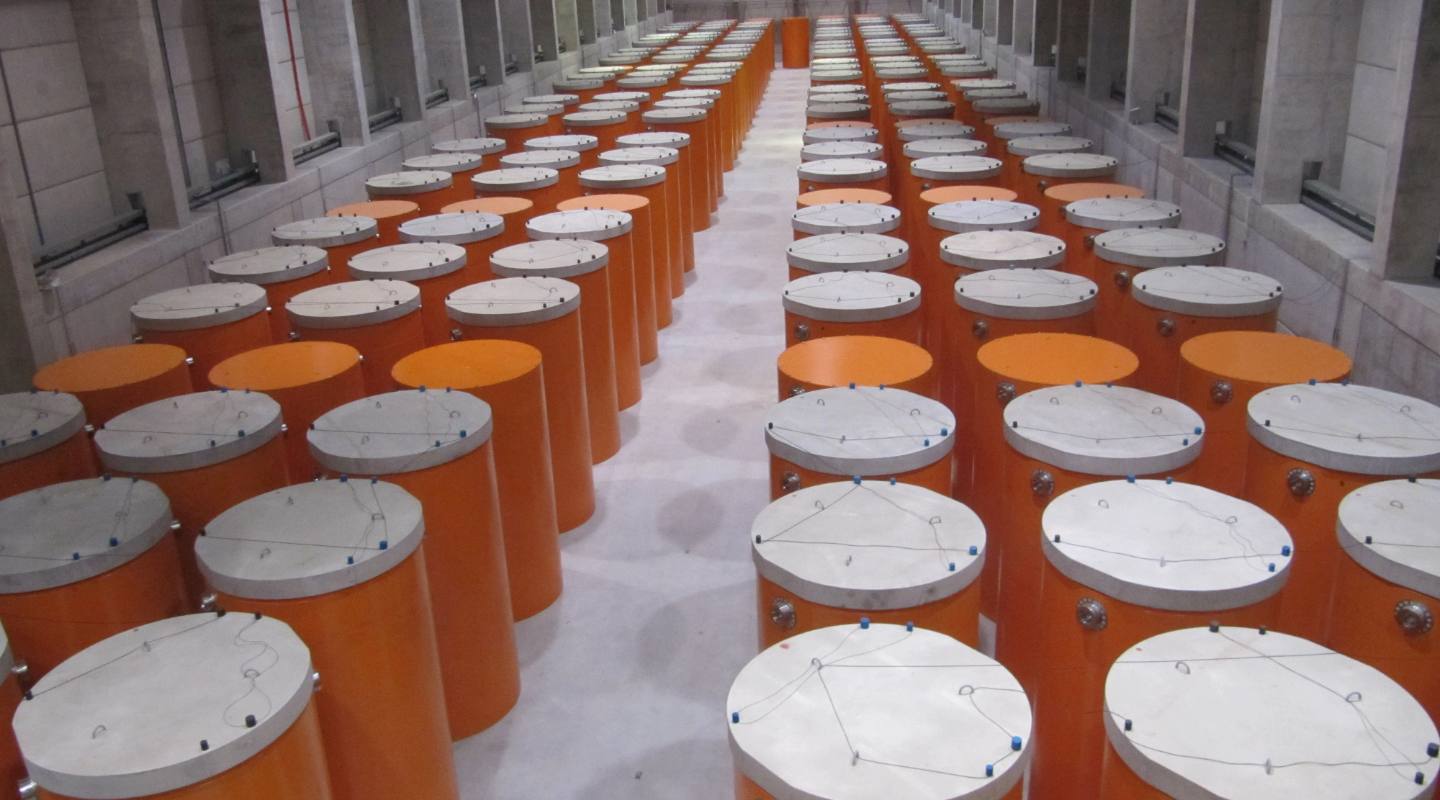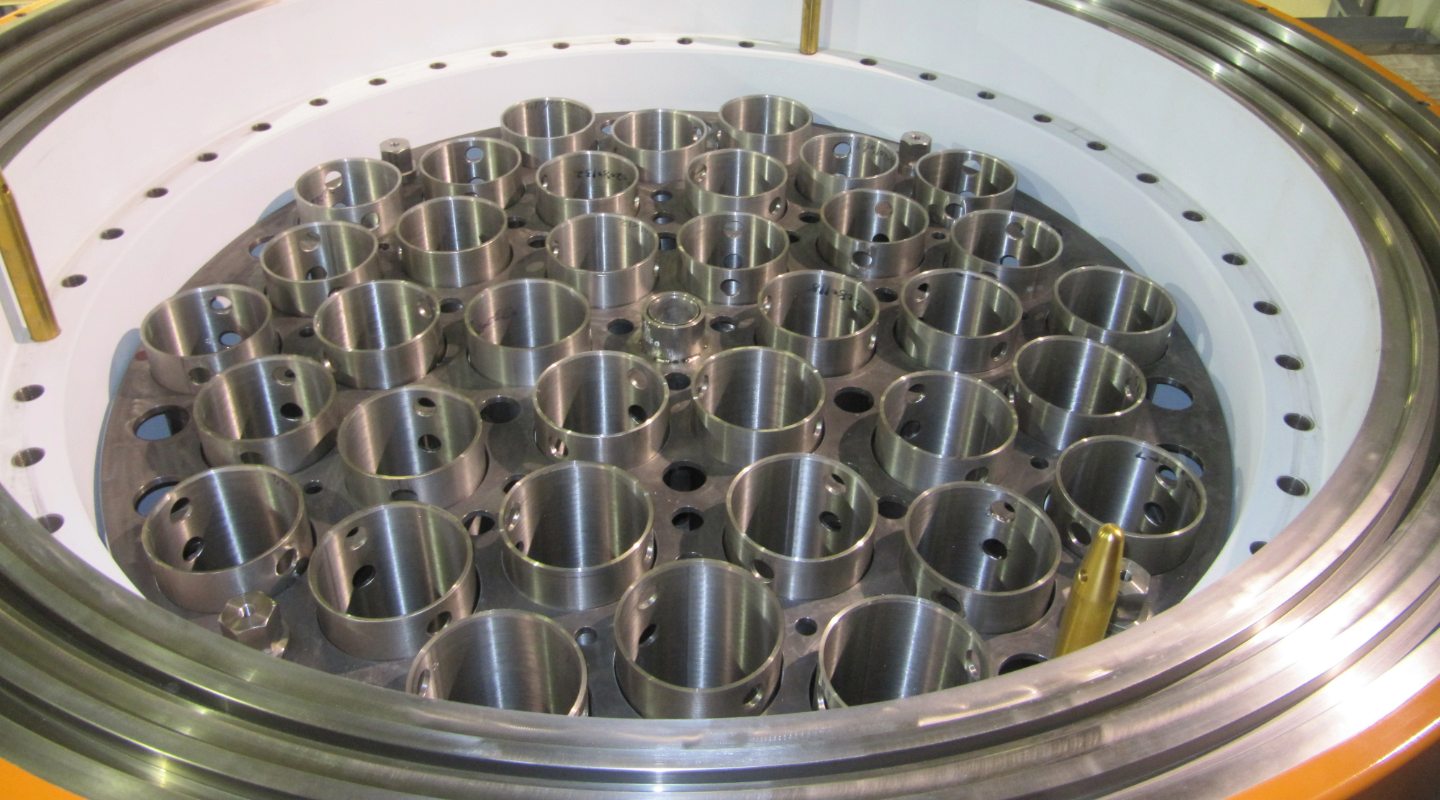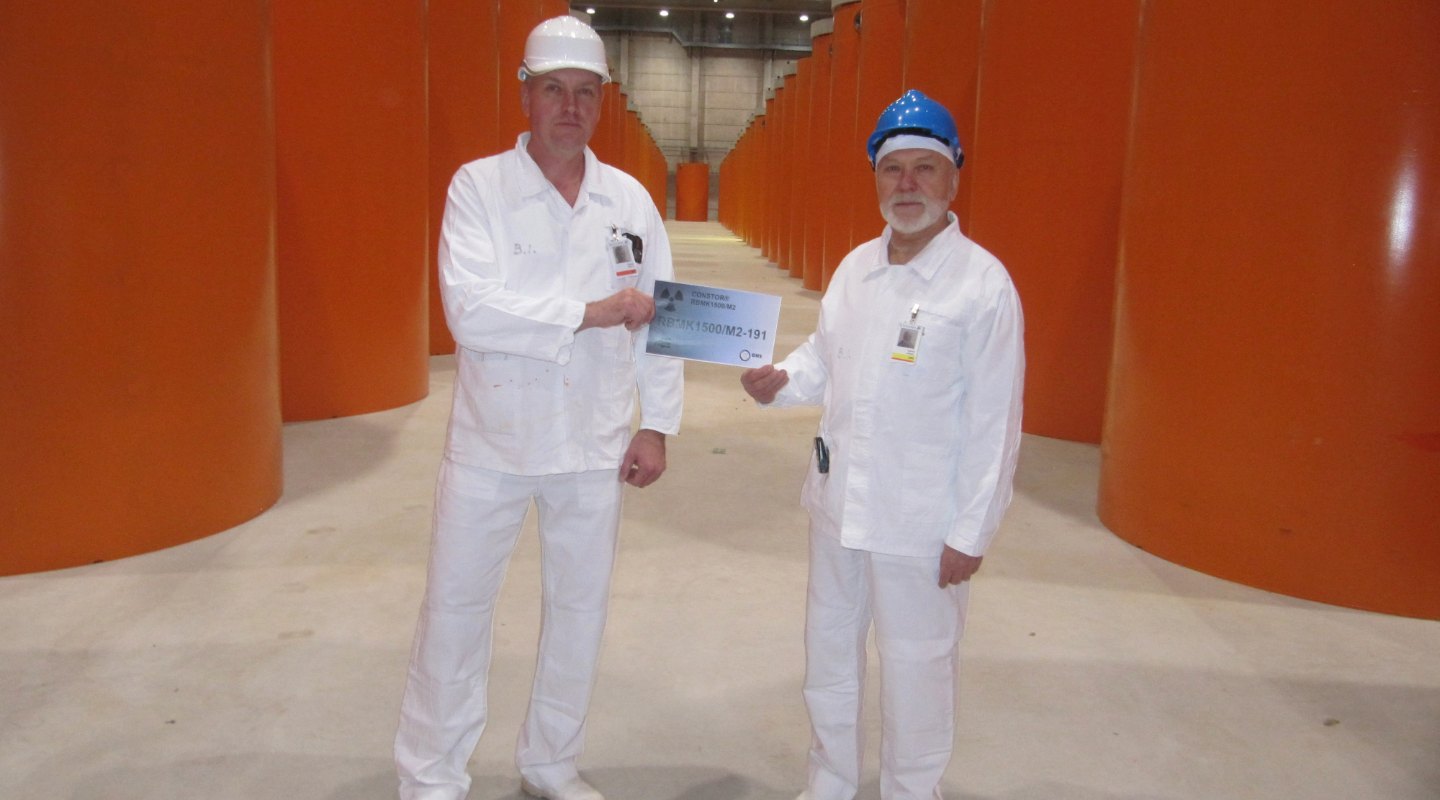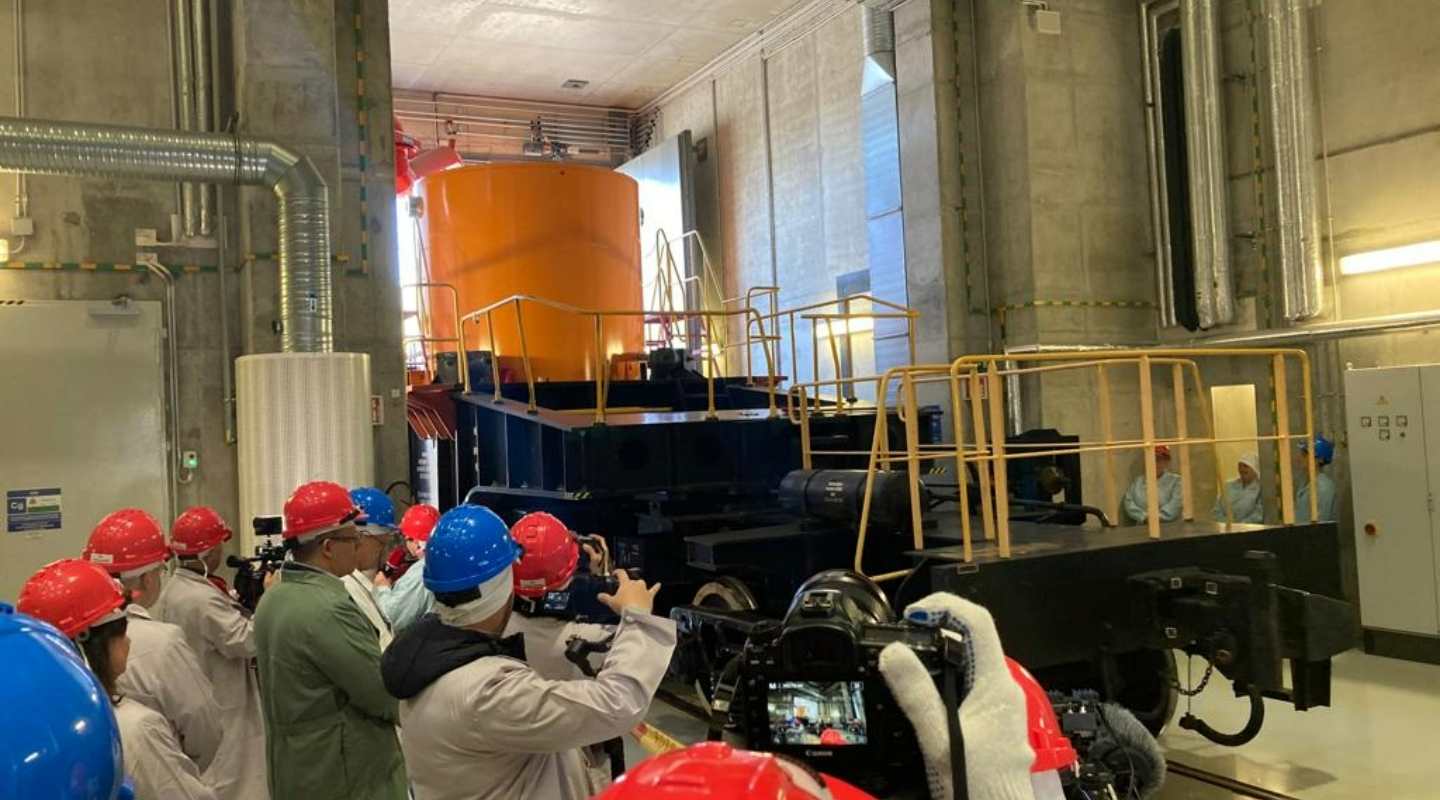These cookies cannot be disabled. They are essential for core functionality in ebrd.com to ensure a seamless and secure experience.
Lithuania once operated a nuclear power plant at Ignalina, consisting of two units with Soviet-designed RBMK 1500 reactors. These units underwent safety assessments, including one funded by the Nuclear Safety Account (NSA).
Upon joining the European Union, Lithuania agreed to close its RBMK 1500 reactors early. Unit 1 ceased operations in 2004, followed by unit 2 in 2009. The Western European Nuclear Regulators Association identified inherent design flaws in the RBMK reactors and the lack of containment structures as major accident risks, which couldn't be fully resolved.
To aid Lithuania in decommissioning, the European Union and 14 European governments established the Ignalina International Decommissioning Support Fund (IIDSF) at the European Bank for Reconstruction and Development (EBRD) in 2001. Operational since autumn 2001, as of end-2023 it has received over €841 million from Austria, Belgium Denmark, the European Union, Finland, France, Germany, Luxembourg, the Netherlands, Norway, Poland, Spain, Sweden, Switzerland, and the United Kingdom. An additional donation was received from Ireland.
The IIDSF funded decommissioning works at Ignalina's units 1 and 2, including construction of storage and treatment facilities for spent nuclear fuel and radioactive waste. It also supported energy sector transformation post-closure.
Decommissioning projects included completing construction at interim spent fuel storage and solid radioactive waste management facilities, operational since 2016 and 2017 respectively. The fund financed new boiler stations for Ignalina and Visaginas, safety upgrades, and dismantling projects. It also initiated the Steam Drum Separators Dismantlement project.
In the energy sector, IIDSF financed projects aligned with Lithuania's National Energy Strategy and the Baltic Energy Market Interconnection Plan (BEMIP) aimed at increasing energy supply and security at minimal cost. Completed projects included updates to power and gas sector plans, environmental upgrades for the Lithuanian Power Plant (LPP), construction of a new combined cycle gas turbine power plant, and development of a power interconnection with Poland. Since 2015, the IIDSF no longer finances new energy sector projects.
Select an image to expand





Select an image to expand



